The Best Workout Recovery Tools for Busy Athletes
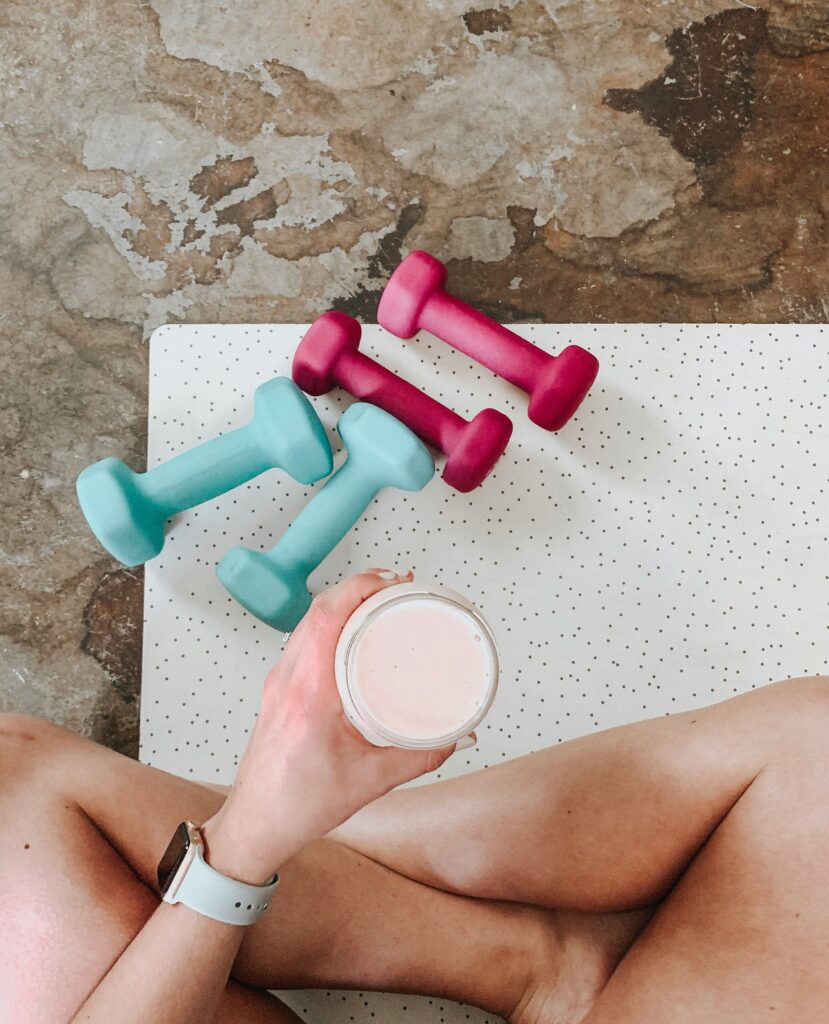
You nailed your workout. The sweat’s still fresh; the endorphins are firing… and now you’re back to juggling real life. Between work deadlines, family responsibilities, and daily chaos, it’s no surprise recovery often falls through the cracks.
But skipping recovery isn’t just an afterthought, it’s a missed opportunity. Delayed-onset muscle soreness (DOMS), stiffness, and fatigue don’t just impact comfort, they also blunt performance, slow progress, and increase your risk of injury.
The fix? Smart home recovery tools that pack a punch without demanding more time than you have. These options work around your life, not against it.
1. Massage Guns
Best For: Deep muscle stimulation, reducing DOMS, increasing local blood flow
Popular Brands: Theragun, Hypervolt, Bob and Brad
What It Does:
Percussive therapy delivers rapid, targeted pulses that stimulate deep tissue and increase blood flow. A 2014 study in the Journal of Clinical and Diagnostic Research found that vibration therapy reduced soreness just as well as massage after heavy eccentric workouts.
How to Use Effectively:
- Duration: 30–60 seconds per muscle group
- Best Time: Immediately post-exercise or later in the evening
- Tips: Stay on each area lightly—pressing too hard can cause bruising or inflammation. Ideal areas include quads, hamstrings, calves, glutes, and traps.
Pro Tip: Set a reminder after your post-workout protein shake. You’ll knock out both nutrition and recovery in under 5 minutes.
The TheraGun Therabody Relief Quiet Deep Tissue Therapy Massage Gun is a lightweight, three-speed massager with 3 detachable heads.
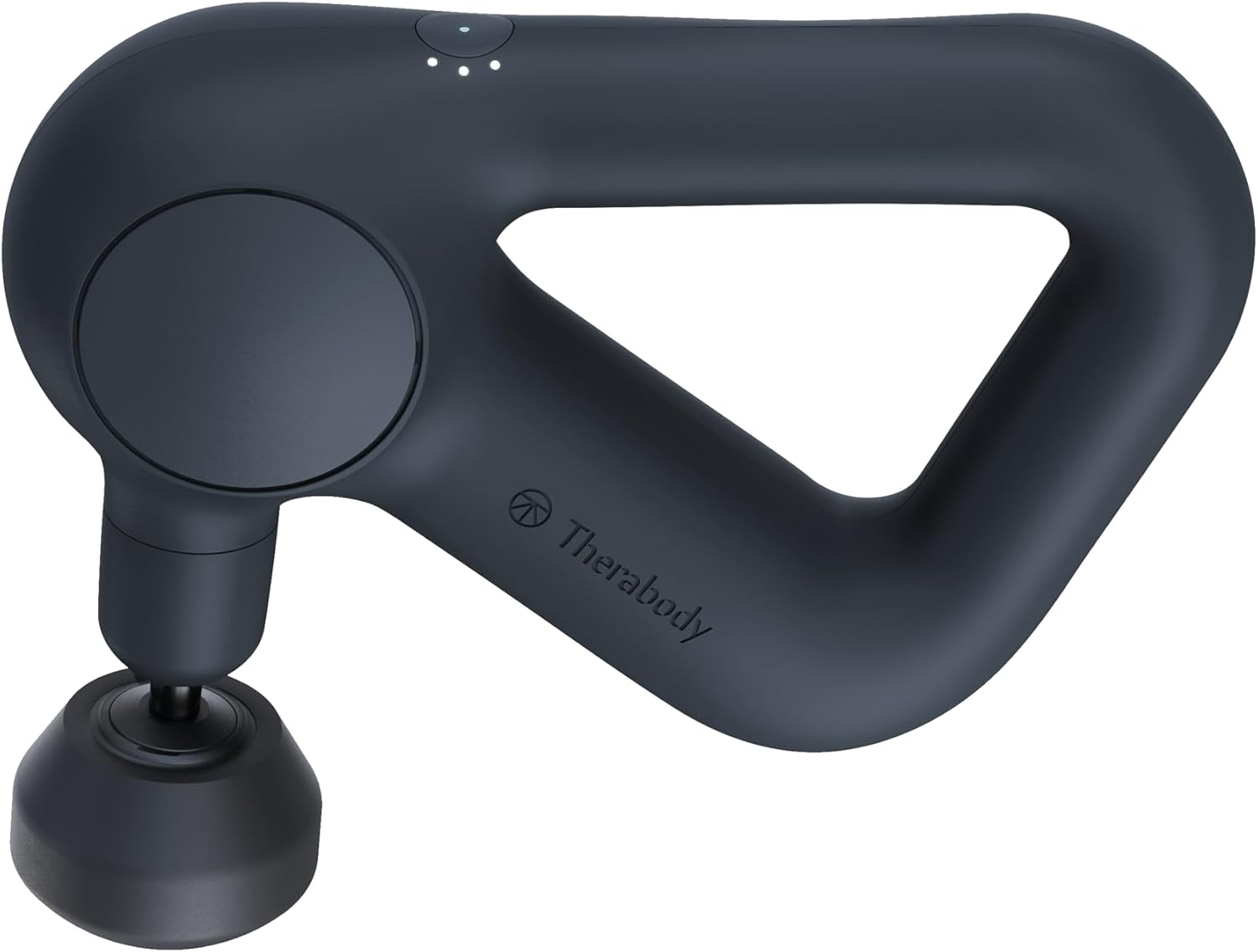
Hyperice Hypervolt 2 Black Handheld Percussion Massage Gun features quiet-glide technology and offers 5 interchangeable heads.
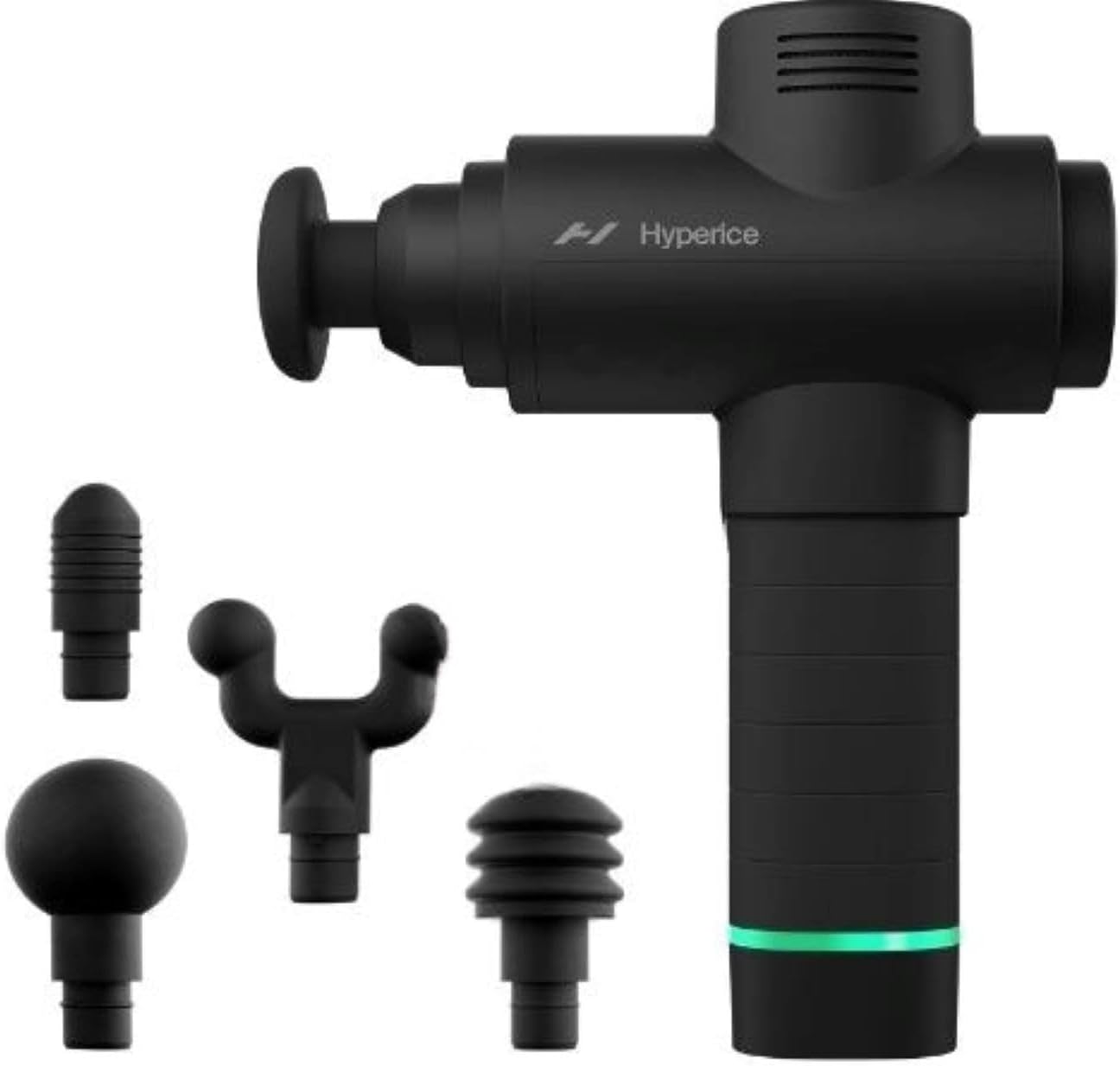
The BOB AND BRAD D6 Pro Massage Gun is an easy to use deep tissue massager with 7 heads and 6 speeds.
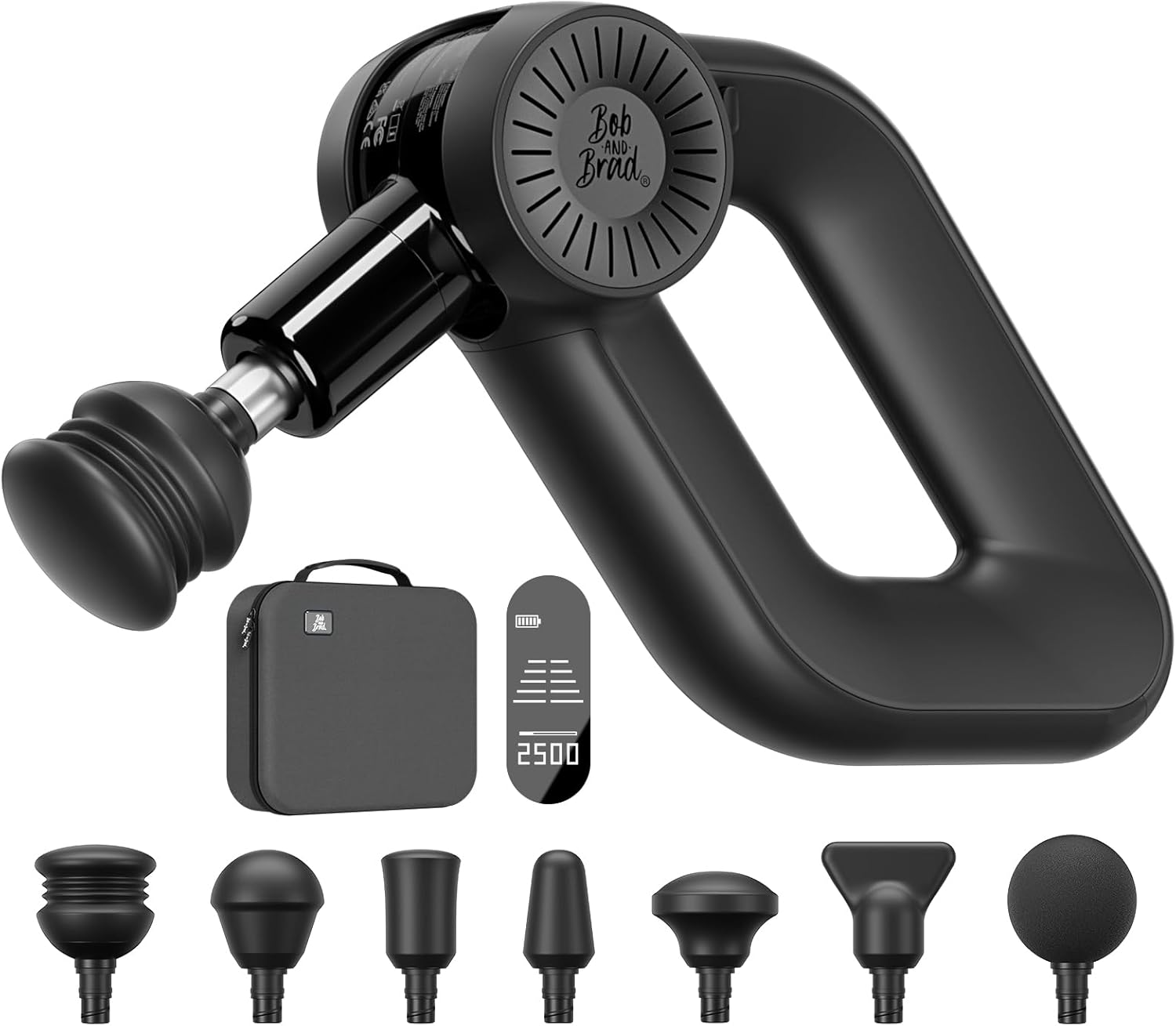
2. Portable Foam Rollers & Massage Balls
Best For: Trigger point release, spinal mobility, tight hips or shoulders
Top Picks: TriggerPoint Grid Roller, RAD Roller, Lacrosse Balls
What It Does:
Foam rolling uses self-myofascial release to reduce fascial tension and increase range of motion. A 2015 International Journal of Sports Physical Therapy review confirmed its effectiveness for reducing soreness and improving flexibility.
How to Use Effectively:
- Duration: 1–2 minutes per muscle group
- When: Before bed, after training, or during long sitting sessions
- Tips: Use a lacrosse ball against a wall or chair for knots in your back or glutes. A peanut-shaped roller helps with spinal alignment.
Pro Tip: Keep one under your desk. Roll calves or glutes while on Zoom calls or phone meetings.
The TriggerPoint Performance Therapy Grid Foam Roller comes with free online instructional videos and is a great all-round foam roller to have on hand.
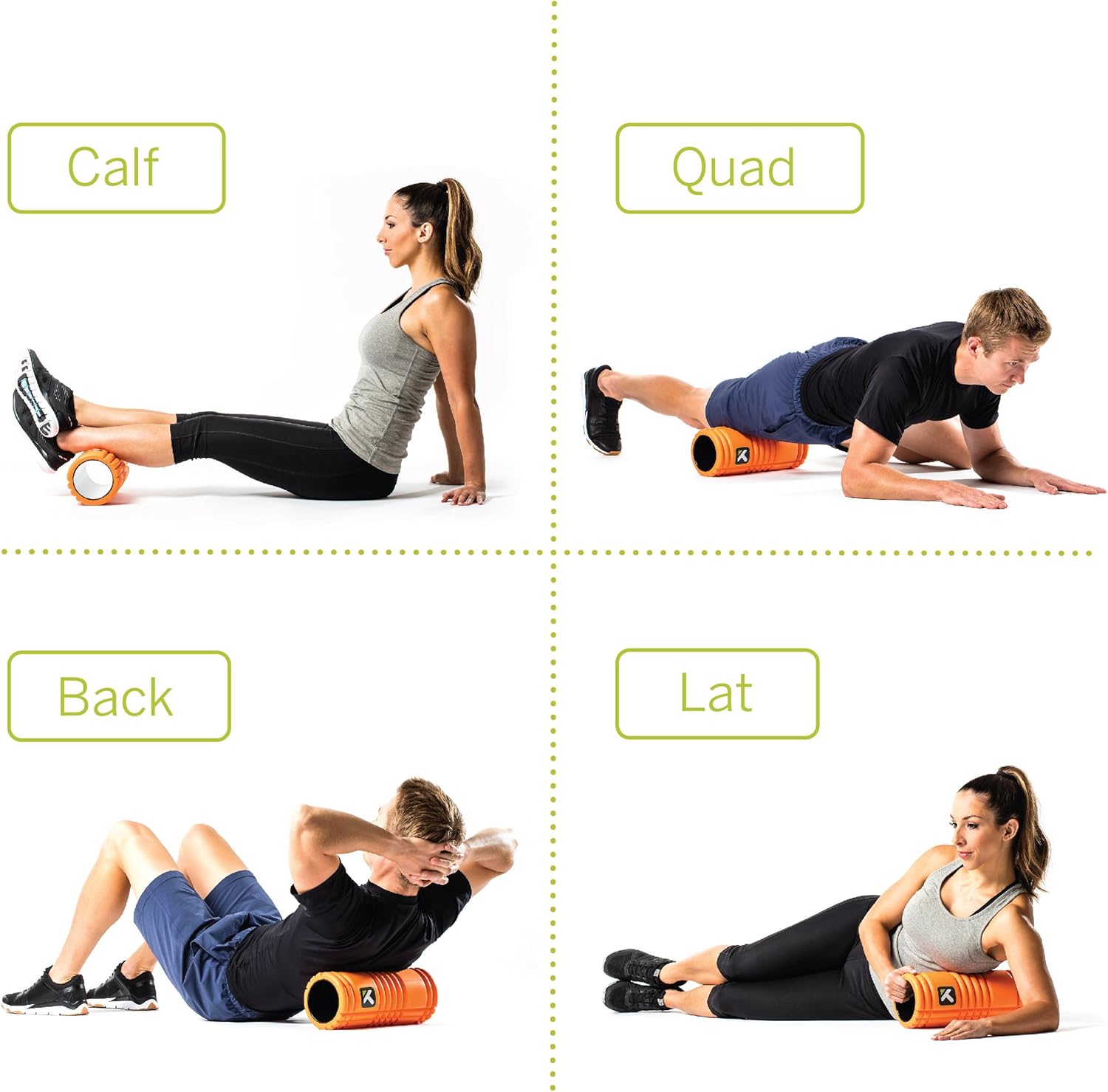
The RAD Roller is a compact deep tissue massage roller stick and myofascial release tool.
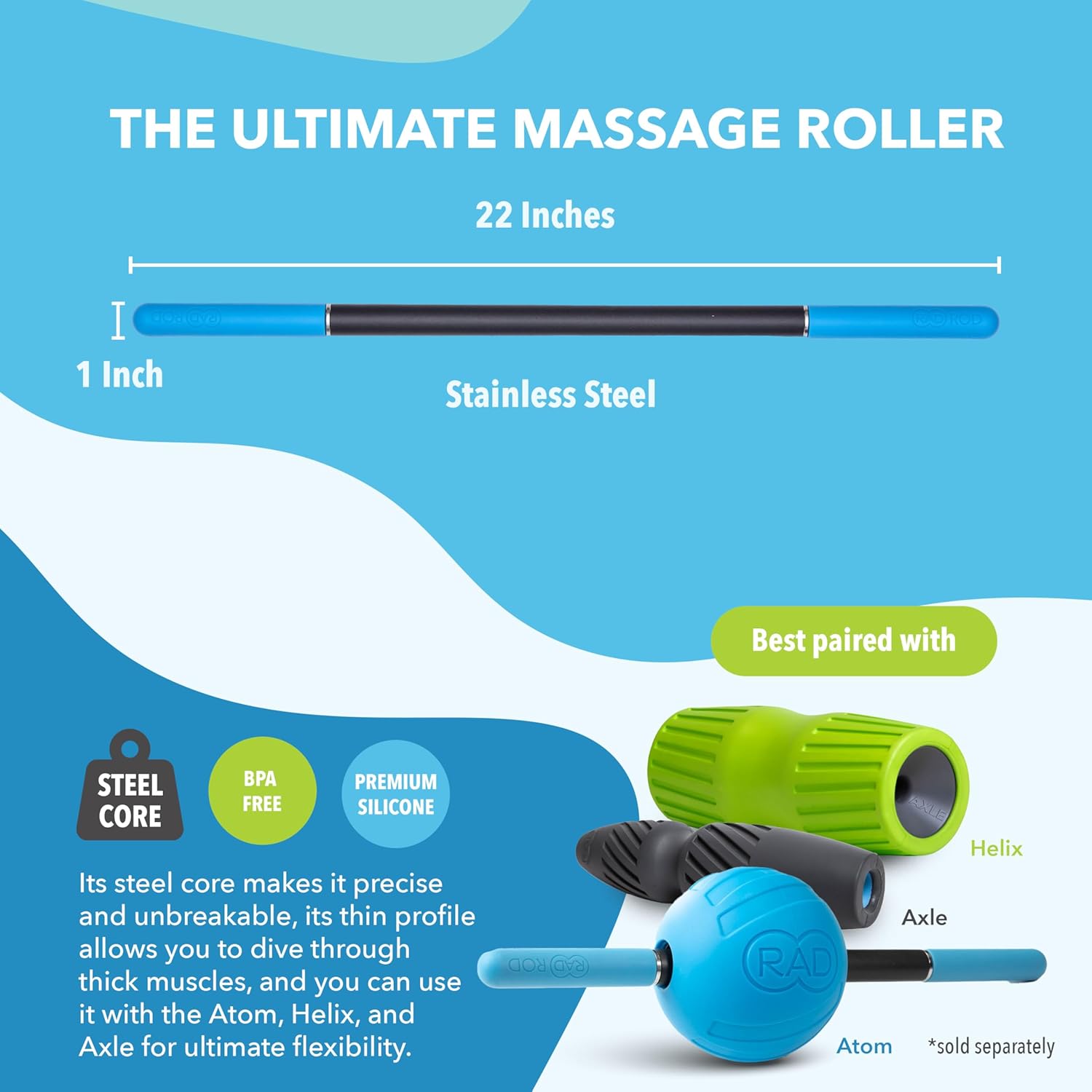
The 4KOR Massage Ball Set for Trigger Point Therapy and Myofascial Release is engineered for the ultimate deep tissue relief, targeting chronic muscle soreness and stiffness.
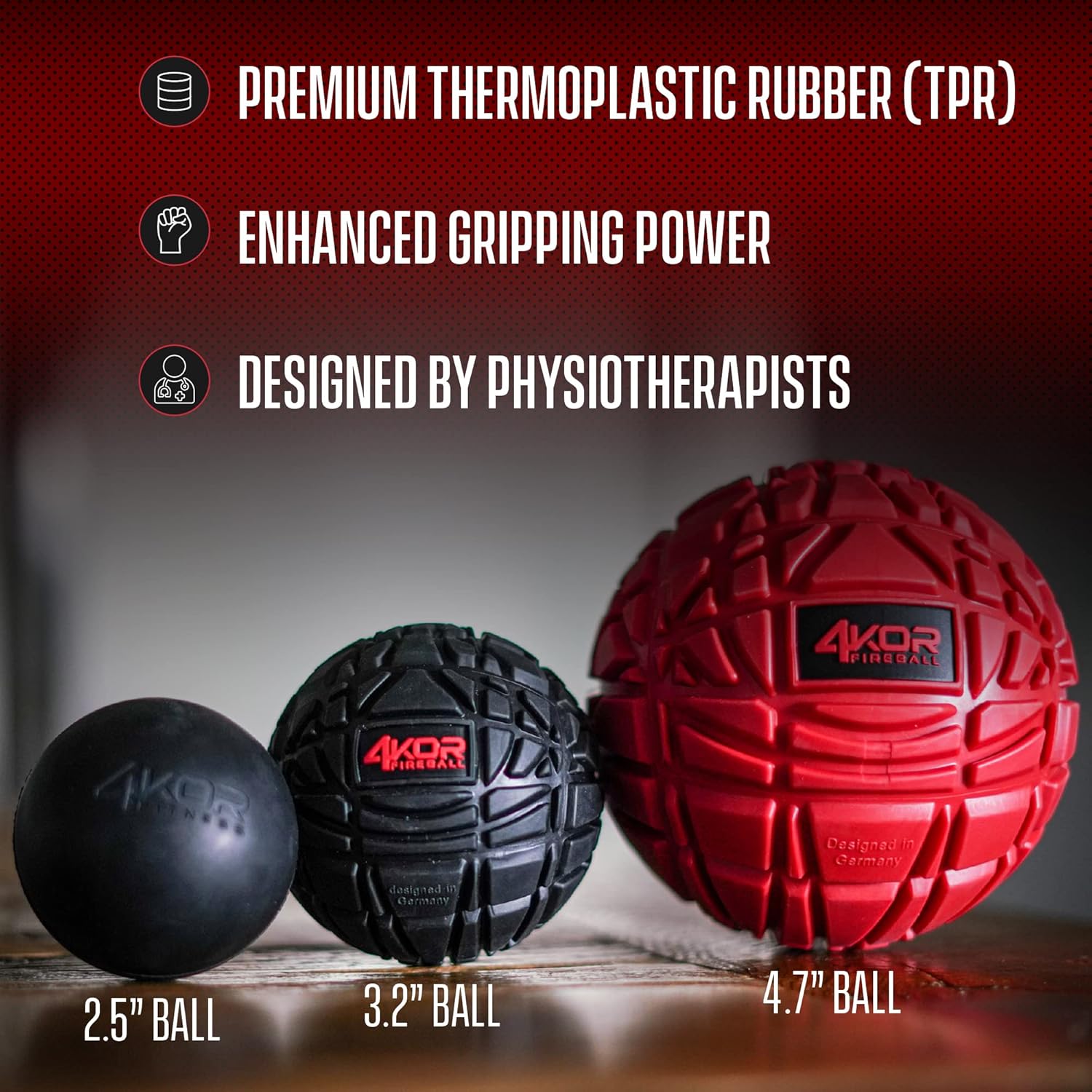
3. Compression Sleeves or Recovery Boots
Best For: Reducing lactic acid buildup, speeding recovery after long cardio or leg days
Brands to Know: Normatec, Air Relax, CEP Compression, 2XU
What It Does:
Compression enhances venous return, helping remove waste metabolites like lactate and reduce inflammation. A 2013 meta-analysis showed that athletes using compression experienced faster strength recovery and less soreness post-exercise.
How to Use Effectively:
- Duration: 15–30 minutes per session
- When: Post-workout or during sedentary periods (working, driving, relaxing)
- Tips: Use boots after long runs or HIIT workouts; use sleeves for ongoing support during travel or workdays.
Pro Tip: Keep sleeves in your gym bag or glove box. They’re low-effort, high-return.
Hyperice Normatec 3 – Recovery System with Patented Dynamic Compression Massage Technology offers 7 levels of compression and patented Pulse technology to deliver precise treatment

Air Relax AR-2 Professional Compression Boots are intended to improve blood circulation, boost lymphatic fluid movement (reduce potential swollen legs/feet), remove of lactic acid (reduce muscle fatigue), improve flexibility, recovery stimulation, and help relieve muscle pain and aches.
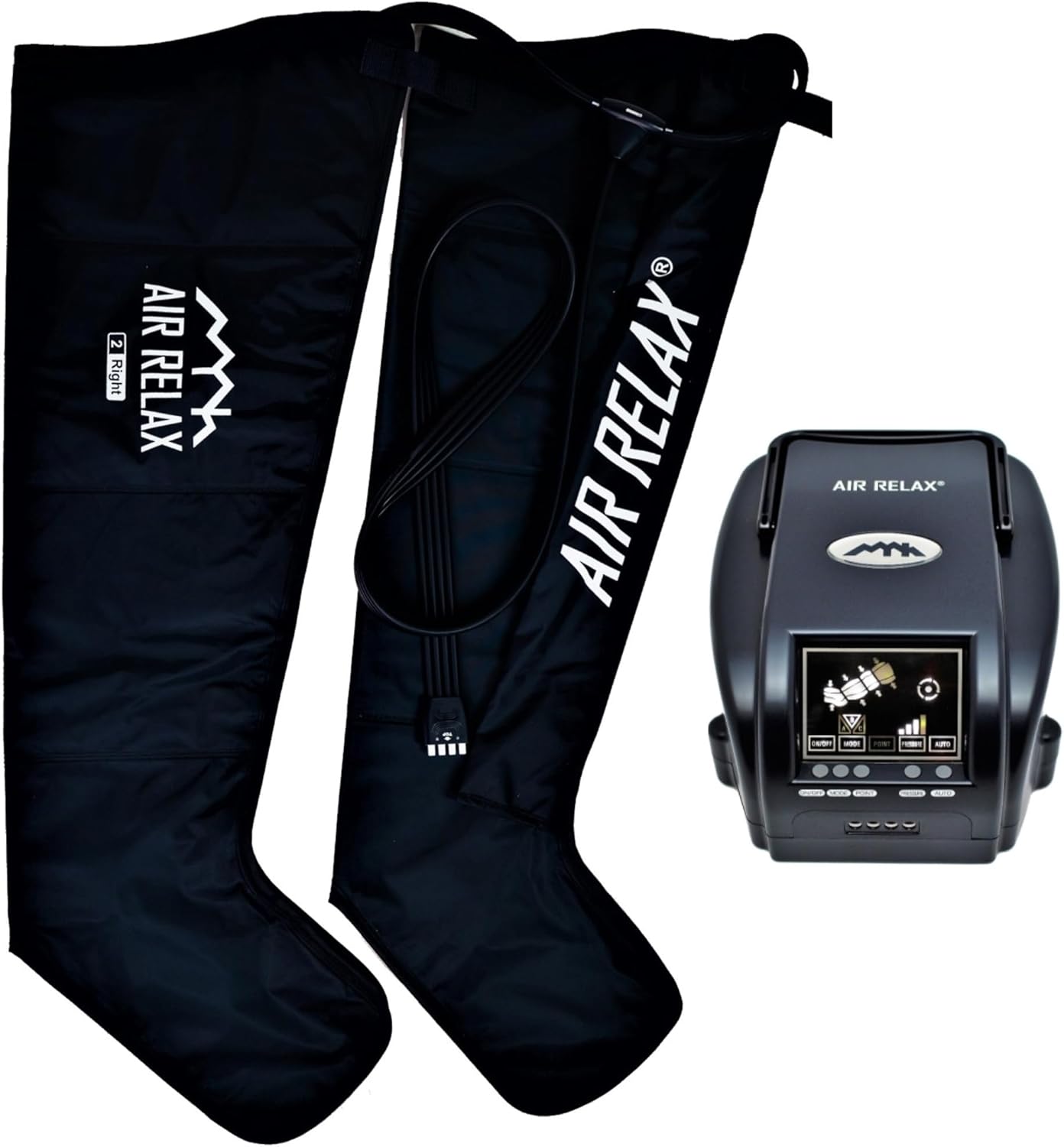
CEP Women’s Calf Compression Sleeves feature a graduated compression profile that is clinically proven to improve performance, reduce injury, and reduce leg pain from calf and shin swelling.
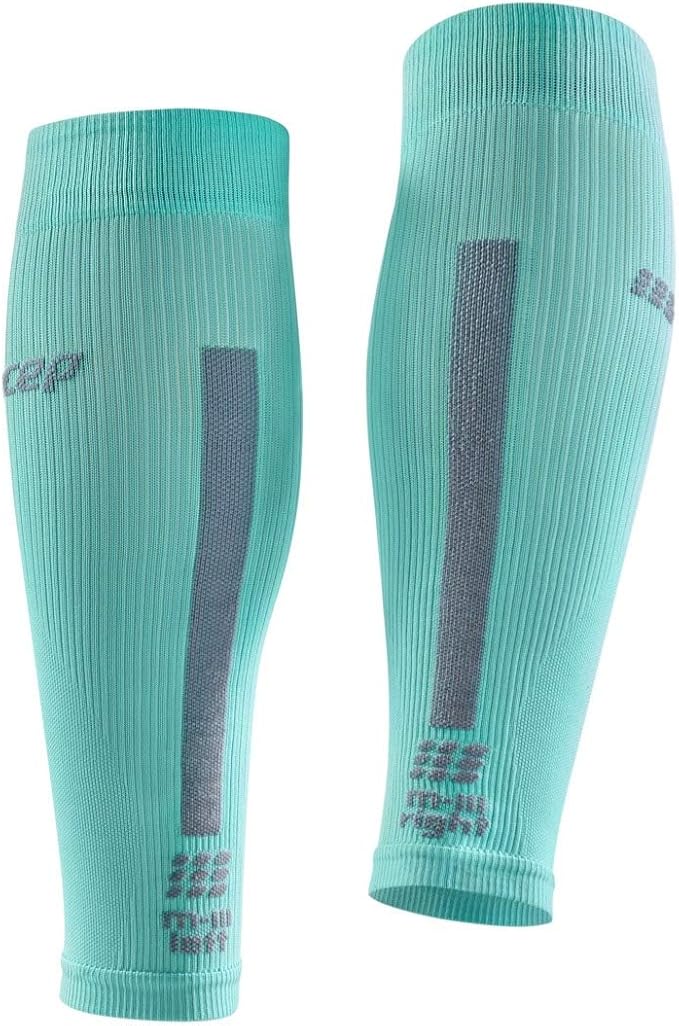
2XU Men’s Core Compression Tights enhance performance and recovery
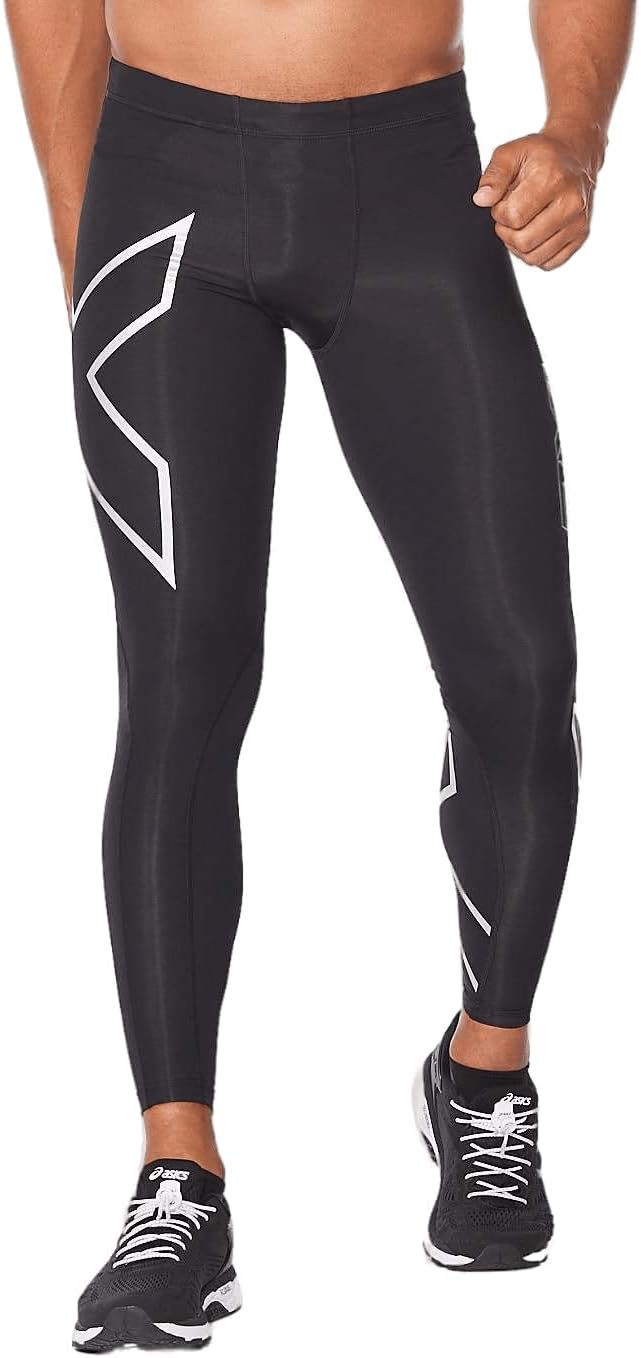
4. Ready-to-Drink Recovery Shakes
Best For: Replenishing glycogen and promoting muscle protein synthesis (MPS)
Smart Ingredients to Look For:
- 20–30g high-quality protein (whey isolate or casein)
- 30–60g carbs (maltodextrin, dextrose, or fruit-based sugars)
- Leucine-rich blends (2–3g leucine for optimal MPS)
What It Does:
Post-exercise, your body is primed to shuttle nutrients into muscle. A balanced shake immediately post-workout initiates recovery, reduces muscle breakdown, and supports hypertrophy.
How to Use Effectively:
- Timing: Within 30 minutes post-training (ideal), or up to 2 hours if fasted
- Pro Tip: Choose shelf-stable options (Fairlife Core Power, OWYN, Huel RTD) for glove box, desk drawer, or gym locker.
Bonus: Add electrolytes if you’re a heavy sweater or training in heat.
Fairlife Core Power Protein Shake, 26g Bottle, is a great complete choice.

OWYN Only What You Need Plant Based Protein Shake contains 32g of protein and 9 amino acids and naturally occurring BCAAs.

Huel Ready-to-Drink Vanilla Meal Replacement contains over 20g protein, all 27 essential vitamins and minerals and slow release carbs.
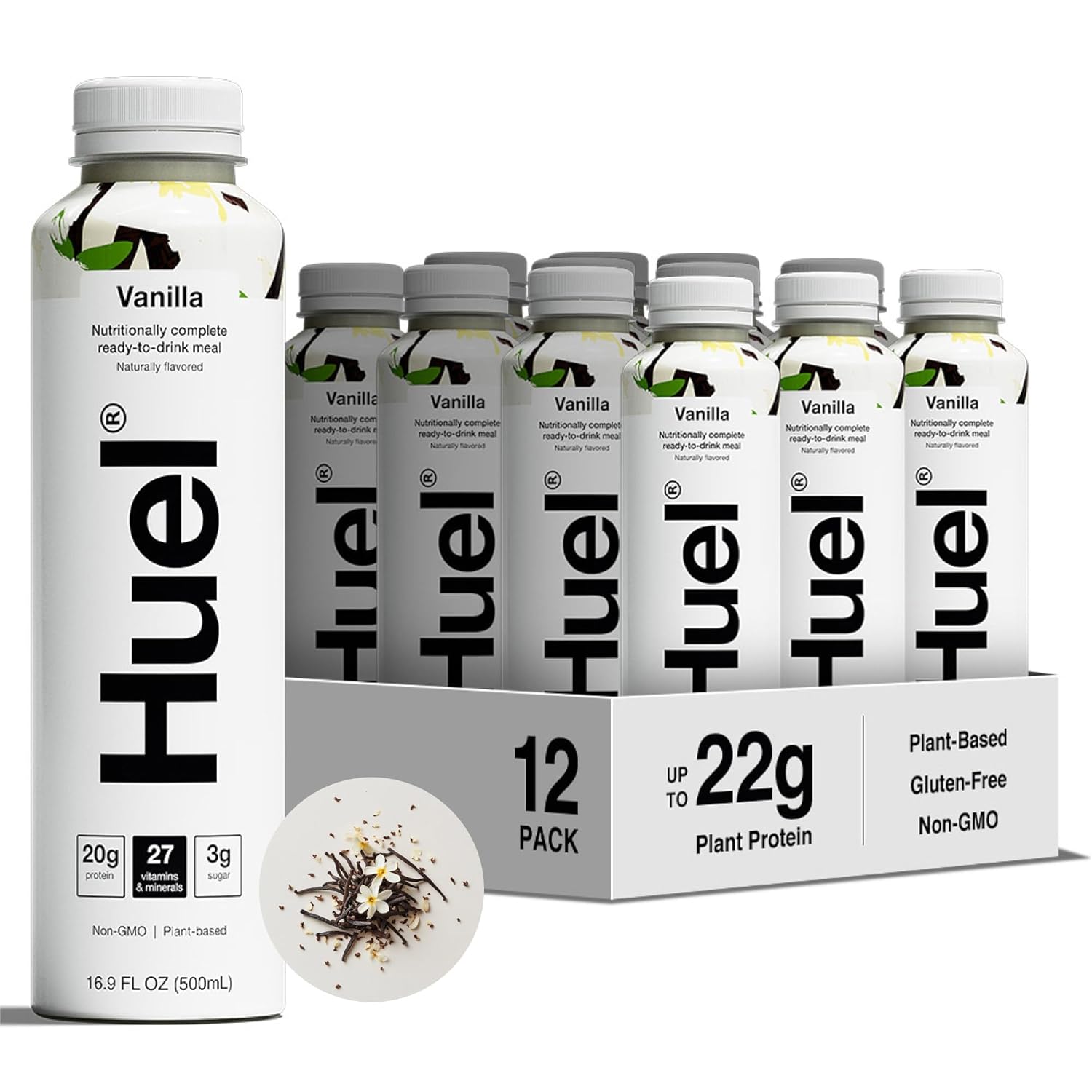
5. Resistance Bands for Mobility & Activation
Best For: Prehab, postural correction, movement quality
Key Movements:
- Lateral band walks
- Banded shoulder dislocates
- Monster walks
- Banded glute bridges
What It Does:
Bands help re-engage underactive muscles (e.g., glutes, lower traps), restore functional range of motion, and improve neuromuscular control. They also help “reset” posture after long hours of sitting.
How to Use Effectively:
- Reps: 2–3 sets of 10–15
- Frequency: Daily for posture; pre-workout for warm-up
- Tips: Focus on control and tempo—not speed or load.
A great set of resistance bands to try is the Veick Resistance Bands with Handles.
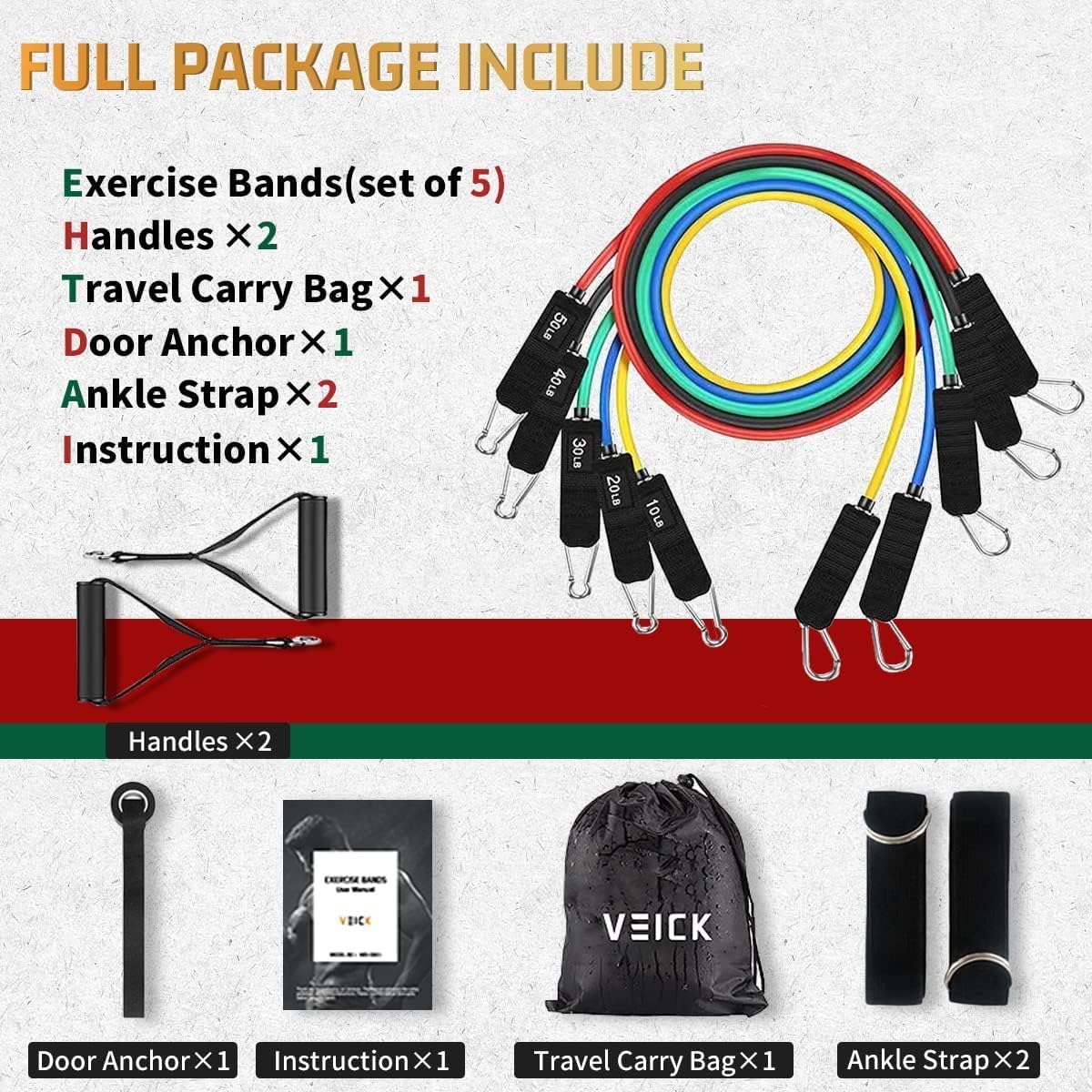
Pro Tip: Leave a band looped on your doorknob or beside your couch to trigger habit stacking.
6. Magnesium Spray or Bath Soak
Best For: Reducing cramps, improving sleep quality, easing muscle tension
Recommended Types:
- Topical sprays: Magnesium chloride
- Bath soaks: Epsom salts (magnesium sulfate) or magnesium flakes
What It Does:
Magnesium supports over 300 enzymatic reactions, including muscle relaxation, ATP production, and nervous system regulation. Topical absorption bypasses GI irritation and can target sore areas directly.
How to Use Effectively:
- Spray: 6–10 spritzes on sore areas before bed
- Bath: 1–2 cups Epsom salt, 15–20 min soak
- Tips: Combine with a wind-down routine (blue light off, breathing app on) for added sleep benefits.
Pro Tip: Look for magnesium combined with arnica or menthol for enhanced relief.
The magnesium oil spray from essentiallybased is a highly rated option for muscle recovery.
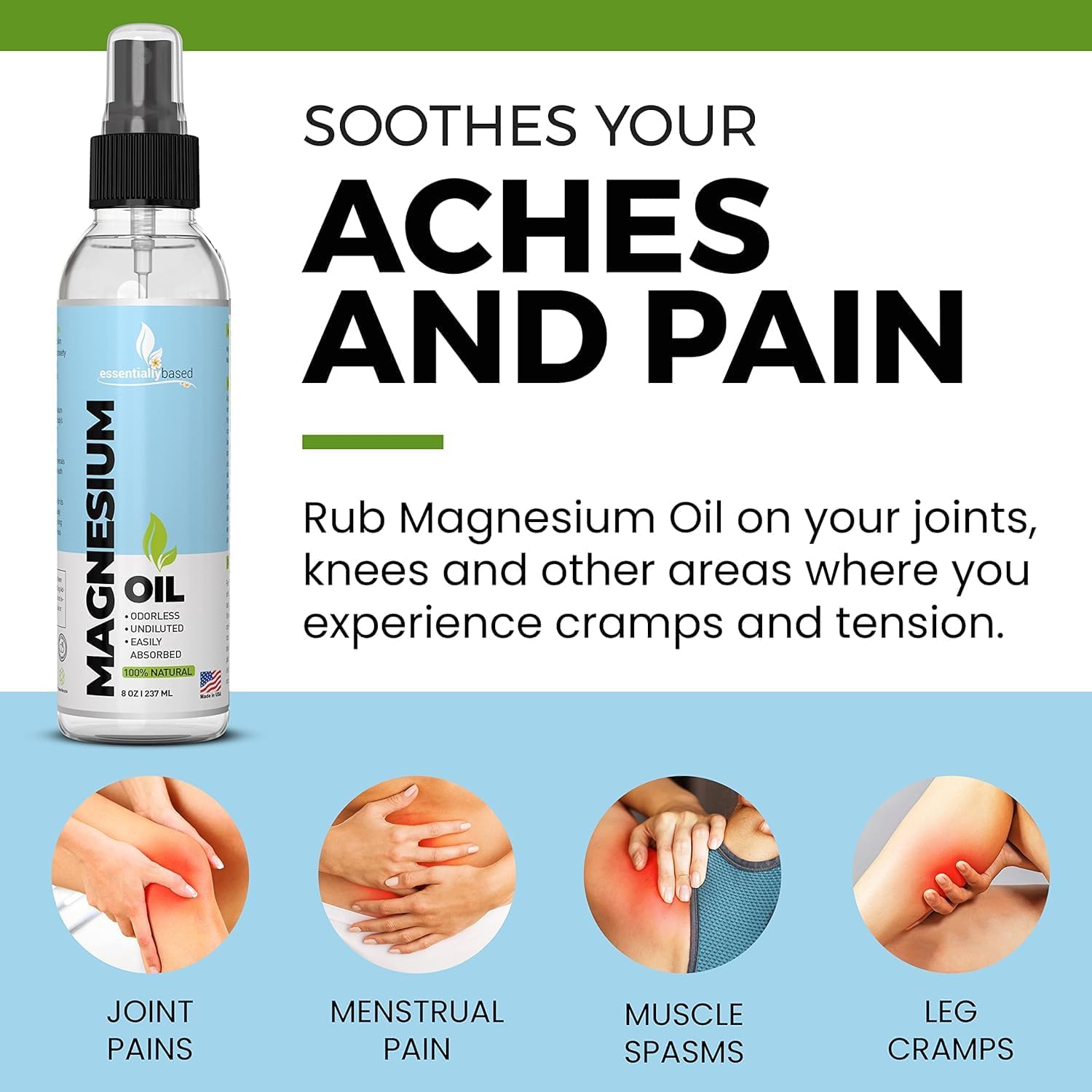
San Francisco Salt Company offers Epsoak Epsom Salt is made from high-quality magnesium sulfate crystals. It’s pure and unscented, making it perfect if you have sensitive skin or prefer to add your own essential oils.

7. Guided Recovery Apps
Best For: Structured mobility, breathwork, guided rest when you’re mentally fried
Top Apps:
- Mobility/Stretching: ROMWOD (pliability), GoWOD
- Breathing/Sleep: Headspace, Calm, Insight Timer
- Strength Recovery: GOWOD protocols post heavy lifting
What It Does:
Helps reduce “decision fatigue” by guiding you through short, effective routines—whether stretching, diaphragmatic breathing, or active recovery.
How to Use Effectively:
- Time Required: 5 to 15 minutes
- Tip: Bookmark a few favorites to avoid scrolling. Many offer daily reminders or tailored plans based on your workouts.
Pro Tip: Use right before bed to improve HRV (heart rate variability) and prep your nervous system for high-quality sleep.
A 20-Minute Recovery Routine That Works Anywhere
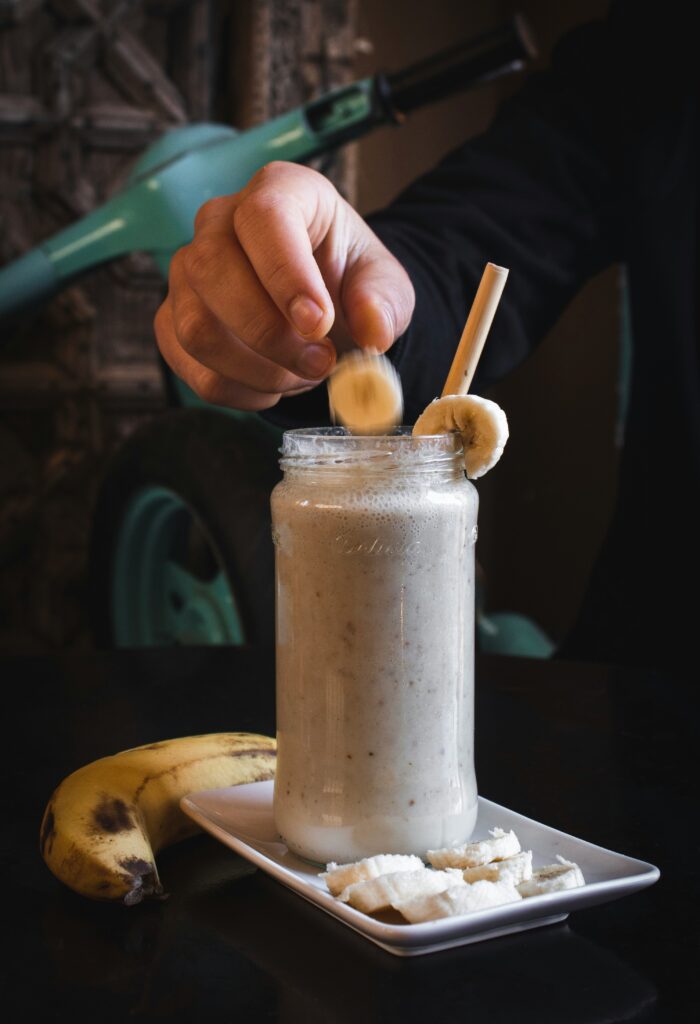
Immediately Post-Workout
- Minute 1–2: Drink a ready-to-go protein + carb recovery shake.
- Minute 3–5: Use a massage gun or roller to target quads, glutes, calves, and traps.
- Minute 6–10: Do a mobility circuit:
- Lateral band walks (10 steps each side)
- Glute bridges (15 reps)
- Banded pull-aparts (15 reps)
Later in the Day
- Slip on compression sleeves or boots while working or watching TV.
- Spray magnesium on sore spots before bed or take a 15-minute soak.
- Use a recovery app for a 5–10-minute guided stretch or breathing session.
Make Recovery Your Secret Weapon
Recovery doesn’t have to mean slowing down, it means tailoring to your situation. These tools aren’t luxuries. They’re force multipliers that let you train consistently and bounce back faster. With these home tools, you don’t need a free hour or a pro setup. You just need to use the right tools for you, at the right time, with the right intent. When you stack small recovery actions daily, you’ll build a body that performs, adapts, and endures on your schedule.
To maximize your recovery efforts, explore Recovery Essentials Hub for additional workout recovery tips and products designed to help you achieve peak performance. Investing in high-quality recovery practices can make the difference between limited workouts and breaking new fitness records.


